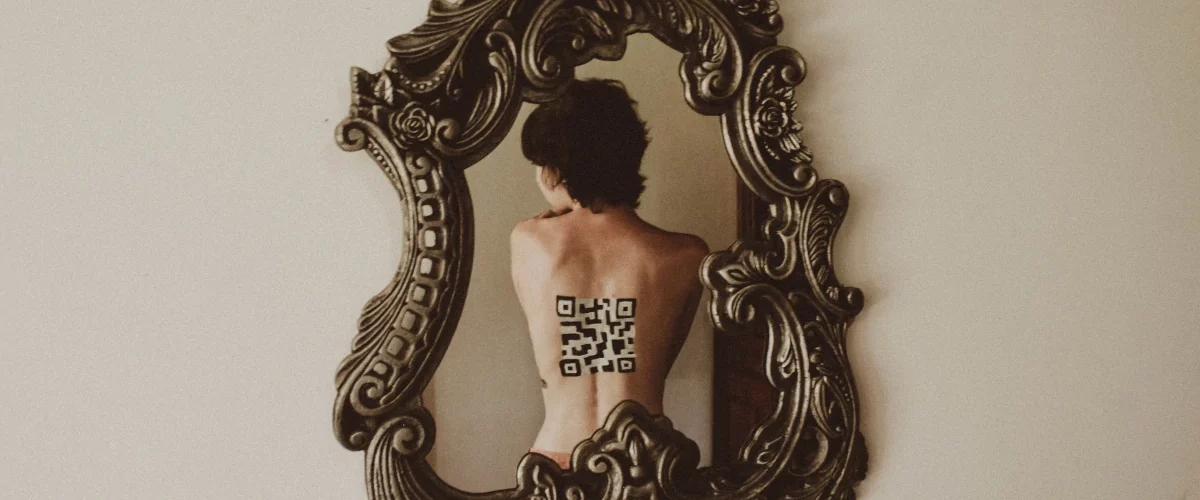In today’s digital age, QR codes have become ubiquitous in our daily lives. Initially used for practical purposes like linking to websites or sharing contact information, these monochromatic squares have now evolved into a canvas for artistic expression. This article delves into the world of QR code art, showcasing its creative potential and varied applications across different industries. From interactive public art installations to dynamic advertising campaigns, QR codes have mesmerized audiences with their fusion of technology and aesthetics.
The Intersection of Art and Technology
The art world has always been shaped by technological advancements, and QR codes are no exception. As these black and white patterns infiltrate various art forms, artists have found innovative ways to incorporate them into their creations. From digital paintings where QR codes hide secret messages to sculptures that merge physical and digital elements, the possibilities seem endless.
In museums and galleries, QR codes enhance visitor experiences by providing interactive content and supplementary information about artworks. Users can scan QR codes on exhibit labels to access in-depth details, artist bios, and related multimedia content. This seamless integration of art and technology enriches the traditional gallery experience, catering to the tech-savvy audience.
QR Codes as Marketing Tools
In the marketing realm, QR codes have proven to be a powerful tool for engaging consumers. Creative design plays a crucial role here, as visually appealing QR codes capture attention and encourage scanning. Companies use QR codes on product packaging, flyers, and billboards to direct customers to their websites, special offers, or social media pages.
Integrating QR codes into advertising campaigns brings a new dimension of interactivity. By incentivizing users to scan codes for exclusive deals or participate in contests, brands can increase customer engagement and data collection. This marketing approach bridges the gap between physical and digital channels, providing valuable insights into consumer behavior.
Interactive Public Art Installations
Imagine walking through a city square and encountering a massive QR code on the ground. These intriguing public art installations combine augmented reality and QR codes to offer unique interactive experiences. When scanned, the QR codes reveal virtual elements, such as animated characters, historical facts, or virtual sculptures. This fusion of physical and digital worlds captivates passersby and adds an element of surprise to urban spaces.
Artists and architects collaborate to create visually stunning and intellectually stimulating installations that foster a sense of community engagement. By transforming ordinary public spaces into interactive art galleries, QR code installations challenge conventional perceptions of art and inspire curiosity among viewers.
QR Codes in Education and Learning
QR codes have also found their way into the education sector, revolutionizing the learning experience. Educators use QR codes in textbooks and classroom materials to link students to additional resources, such as educational videos, interactive quizzes, and online study guides. This integration of multimedia content enhances comprehension and promotes self-paced learning.
Furthermore, museums and historical sites implement QR codes to provide visitors with detailed information and audio guides. Moreover, enriching their understanding of exhibits and artifacts. By turning static information into interactive knowledge hubs, QR codes foster a deeper appreciation for learning among people of all ages.
Conclusion
The art of QR codes lies in their ability to bridge the gap between the physical and digital worlds. Moreover, engaging audiences in creative and innovative ways. Whether it’s through interactive art installations, marketing campaigns, or educational initiatives, QR codes continue to reshape how we experience and appreciate art and information. As technology advances, the creative potential of QR codes will only grow, promising exciting possibilities for the future of art and design.
